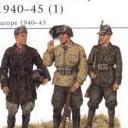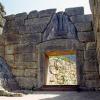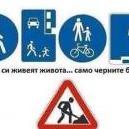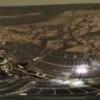Християнската общност в град Анхиало в периода I-XII в.
-
Последна активност
-
- 166 мнения
- 7089 прегледa
-
- 308 мнения
- 11173 прегледa
-
Руско-украинската война 2022-2024 година. 1 2 3 4 171
От Р. Теодосиев, in Руско-украинската война 2022 година.
- 4259 мнения
- 276784 прегледa
-
Празнуваме шест десетилетия от първото посещение на Марс от космическа мисия!
От SAlexandrov, in Космически науки
- 0 мнения
- 16 прегледa
-
- 2182 мнения
- 181884 прегледa
-
-
Последно разглеждащи 0 Потребители
- No registered users viewing this page.






Препръчано мнение
Напиши мнение
Може да публикувате сега и да се регистрирате по-късно. Ако вече имате акаунт, влезте от ТУК , за да публикувате.